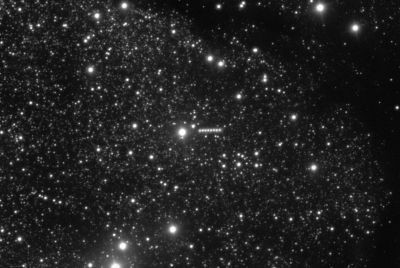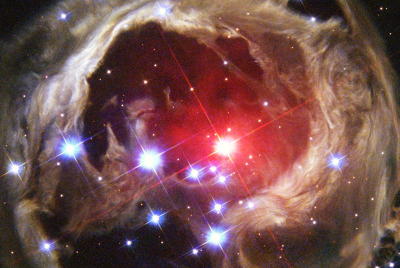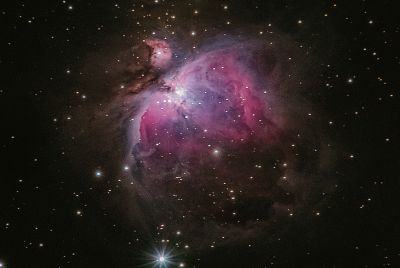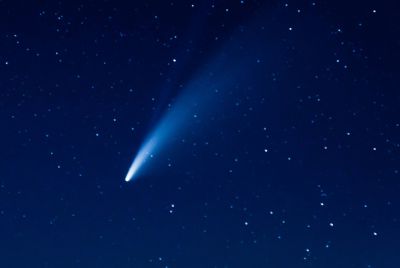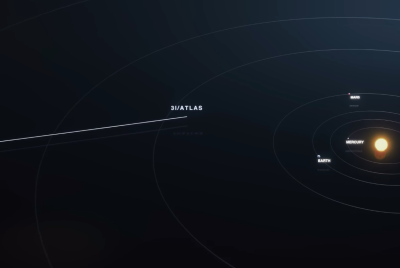Northern Lights Forecast: Did You Miss The Natural Light Show? Here's When And Where Else To Watch
Peak aurora viewing was between midnight and 2 a.m. under clear skies.
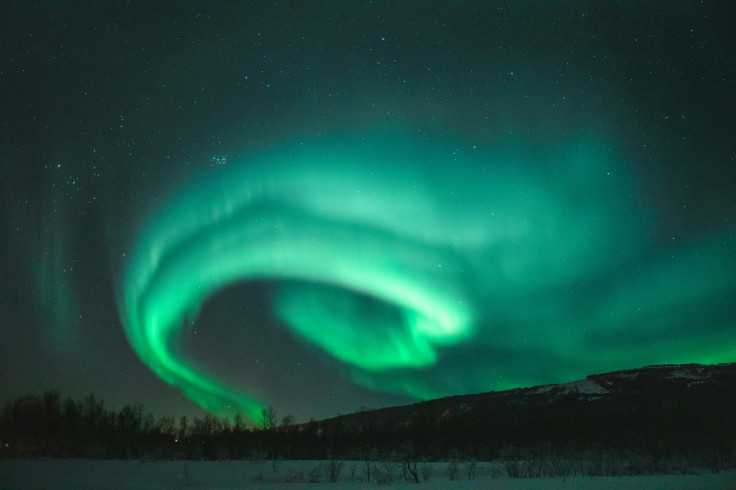
Millions of Americans had a chance to witness the northern lights as a geomagnetic storm swept across the United States on 18–19 August. The dazzling aurora borealis display was triggered by solar activity and lit up skies across as many as 15 states.
The rare event occurred overnight, with the best visibility reported between 10 p.m. and 4 a.m., peaking around midnight to 2 a.m. While some may have missed the natural light show, forecasts suggest that more opportunities to catch it are on the horizon.
What Sparked the Sky Show?
The aurora was caused by high-speed solar winds streaming from a coronal hole on the Sun. As these charged particles interacted with Earth's magnetic field, they produced a minor geomagnetic storm, classified as G1. This level of storm is strong enough to generate auroras further south than usual.
Experts noted that the Kp index, which measures geomagnetic activity, reached level 5, increasing the reach of auroral displays into the northern United States. This activity is part of Solar Cycle 25, a period of heightened solar activity that is expected to peak in the coming years, bringing more frequent opportunities for aurora sightings.
Which States Saw the Northern Lights?
According to the latest northern lights forecast from NOAA, the aurora was visible across a wide swathe of the northern U.S. The states most likely to have seen the lights included:
- Alaska
- Montana
- North Dakota
- Minnesota
- Wisconsin
- Michigan
- Maine
- South Dakota
- Vermont
- New Hampshire
- Idaho
- Washington
- New York
- Wyoming
- Iowa
- Northern Illinois
Residents across many northern U.S. states are preparing to share potential sightings on social media, with experts forecasting the possibility of streaks of green, purple, and pink lighting up the sky. The event was especially unusual for states such as Iowa and Illinois, which rarely fall within the auroral zone.
Best Times to Watch
The best chance to view the northern lights came between 10 p.m. and 4–5 a.m. local time, with the most intense activity occurring between midnight and 2 a.m. This late-night window provided the clearest displays, particularly in rural areas where city light pollution was minimal.
Cloud cover played a key role in visibility. States with clear skies had the best vantage points, while others saw forecasts of auroras that were obscured by weather conditions.
Did You Miss It? Here's When Else to Watch
If you missed this northern lights forecast, there may still be another chance. Space weather experts suggest that auroral activity could continue into 20 August, offering another night of potential viewing.
Longer term, the ongoing peak of Solar Cycle 25 means more geomagnetic storms are likely in the months ahead. While forecasts are short-term and often only reliable hours in advance, strong solar winds and flares increase the odds of seeing the aurora again soon.
Viewing and Photography Tips
To catch the aurora, experts advise travelling to a location with minimal light pollution, such as rural areas or elevated ground. Facing north improves the chances of spotting the lights.
For photography, smartphones equipped with 'Night Mode' can capture auroras, though the best results come from using a tripod with long-exposure settings. Clear skies remain essential, as even minor cloud cover can block the view.
Historical Context
This week's aurora comes just over a year after the May 2024 solar storm, one of the strongest in decades. That event, classified as a G5 storm, made the northern lights visible as far south as the Florida Keys.
Although this week's storm was weaker, it highlights how increased solar activity during Solar Cycle 25 is making auroras more accessible to those living outside the usual viewing regions.
© Copyright IBTimes 2025. All rights reserved.


